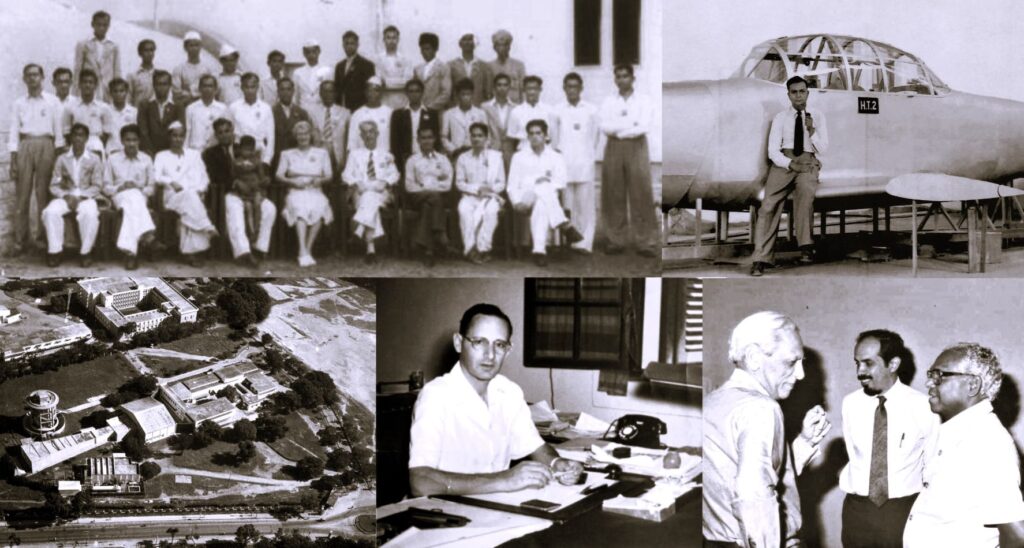
The Department of Aerospace Engineering at the Indian Institute of Science (IISc) stands as a testament to India’s pioneering spirit in aerospace research and education. Since its establishment in 1942, amidst the exigencies of World War II, the department has consistently been at the forefront of aerospace innovation, contributing significantly to the growth and development of the field in India and beyond.
1942: Establishment and Early Contributions
The inception of the Department of Aerospace Engineering was a strategic response to the immediate demands of World War II, focusing on the training of skilled personnel and conducting critical research. This period saw the department’s first significant collaboration with Hindustan Aircraft Limited (HAL), marking the beginning of a long-standing and fruitful partnership. This relationship has been instrumental in nurturing India’s aerospace capabilities and establishing Bangalore as the hub of aerospace activities in the country.
During its formative years, the department was significantly influenced by Vishnu Madhav Ghatage, who had trained under the renowned aerodynamics expert Ludwig Prandtl. Ghatage’s transition to HAL underscored the close, symbiotic relationship between IISc and HAL.
1960: Relocation of NAL to Bangalore
In 1960, the relocation of the National Aeronautical Laboratory (NAL) to Bangalore further solidified the city’s status as an aerospace hub. The department at IISc played an instrumental role in developing NAL’s capabilities, particularly in designing and setting up advanced wind tunnels for high-speed aerodynamics research. These early efforts not only contributed to immediate wartime needs but also set the stage for future advancements in aerospace research and development.
Embracing Space Research
Recognizing the rising significance of space research, the department has collaborated extensively with the Indian Space Research Organisation (ISRO) on various space technology programs. Satish Dhawan, a distinguished alumnus, significantly advanced the department’s research capabilities. His dual role as Director of IISc and later as head of ISRO exemplifies the department’s profound influence on India’s space program.
Several faculty and students have played crucial roles in designing and developing launch vehicles, satellites, and other critical space systems. These collaborations have fostered ongoing cutting-edge research and significantly contributed to India’s space exploration capabilities.
Educational Excellence and Industry Impact
The department’s legacy of educational excellence is reflected in its rigorous academic programs and its production of highly skilled engineers and researchers. Graduates of the department have made significant contributions in various aerospace and defense sectors, populating institutions like DRDO, HAL, and ISRO.
Close collaboration with industry and government agencies has been a hallmark of the department’s approach. These partnerships have facilitated the seamless transfer of knowledge and technology from academia to industry, driving innovation and ensuring that research outcomes have practical applications.
Future Directions
Looking to the future, the Department of Aerospace Engineering at IISc remains dedicated to advancing Indian aerospace research and development. The department is exploring new avenues such as hypersonic flight, unmanned aerial vehicles (UAVs), and sustainable aerospace technologies. By fostering a culture of innovation and maintaining strong industry-academia linkages, the department is well-positioned to continue its legacy of excellence. Its ongoing contributions are crucial for realizing India’s aerospace ambitions, providing critical technical support, and nurturing the next generation of aerospace leaders.
For more detailed accounts on the history of the department, please visit this.